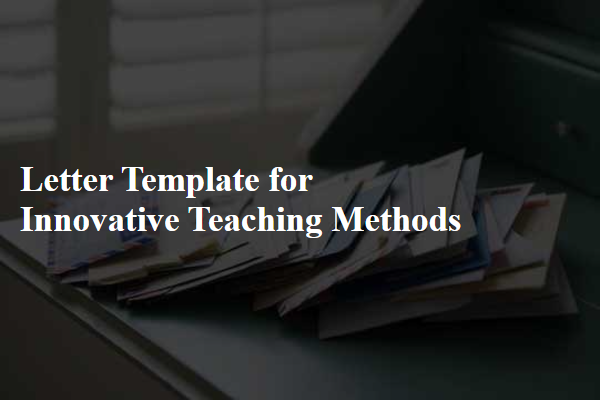In today's fast-paced world, a heartfelt thank you can go a long way in strengthening both personal and professional relationships. Whether you've just completed a successful meeting, received a thoughtful gift, or enjoyed a delightful dinner, expressing gratitude helps to foster goodwill and connection. A well-crafted follow-up email not only shows your appreciation but also reflects your professionalism and thoughtfulness. So, let's dive into the art of writing the perfect thank you email that leaves a lasting impression!

Professional tone
A follow-up email expressing gratitude serves as a vital tool in maintaining professional relationships. In this email, the sender articulates appreciation for a recent interaction, whether it be an interview, meeting, or other professional engagement. The subject line should reflect the appreciation clearly, compelling the recipient to open it. The opening lines should convey sincere thanks, mentioning specific details that highlight the value of the interaction, such as insights gained or connections made. The body elaborates on the positive impact of the recipient's assistance or guidance, reinforcing the sender's enthusiasm for any future collaboration opportunities. A polite closing reiterates appreciation and includes a professional sign-off, ensuring the tone remains respectful and courteous throughout.
Personalized greeting
A personalized greeting can significantly enhance the warmth and impact of a thank-you follow-up email, fostering a more meaningful connection. Begin with the recipient's first name, such as "Dear Sarah," to establish an approachable tone that conveys gratitude. Mention specific details from your previous interaction, like "Thank you for our conversation about the marketing strategy on October 10," to demonstrate attentiveness and appreciation for their insights. Tailoring your message adds a personal touch, reinforcing the relationship and encouraging more engaging communication in the future.
Specific details of interaction
Expressing gratitude is essential after professional interactions, particularly following a meeting or interview. Personalized thank-you emails enhance relationships and reinforce connections. Specify the interaction context, highlighting specific details such as the date, location (like the conference room or virtual platform), and key topics discussed. Mentioning notable insights shared, such as innovative strategies or valuable industry trends discussed, showcases attentiveness and appreciation. Acknowledging the time and effort invested by the other party in engaging with you further strengthens the rapport established during your interaction. This approach cultivates a lasting impression, reflects professionalism, and can lead to future collaborations or opportunities.
Express gratitude
Following a recent networking event in San Francisco, attendees often seek to express gratitude towards their connections. A heartfelt thank you can enhance professional relationships. A great example involves acknowledging a person's insights or support during the event. Attendees may elaborate on specific aspects, such as a shared conversation on emerging technologies (like Artificial Intelligence) or guidance on career growth strategies. Including personal touches about the event, such as the vibrant atmosphere of the venue (e.g., Hotel Nikko), can create a lasting impression. Expressing appreciation not only reinforces connections but also opens possibilities for future collaboration.
Clear closing and contact information
After receiving a thoughtful gift or support, expressing gratitude is essential. Sending a thank you follow-up email enhances relationships and fosters goodwill. A clear closing in this email can summarize the appreciation while offering future contact. Including personal details like names, events, and specific contributions makes the message more genuine. For contact information, detailing professional titles, phone numbers, and email addresses enhances credibility and accessibility, encouraging continued engagement. This approach reinforces the connection established during previous interactions.
Letter Template For Thank You Follow-Up Email Samples
Letter template of appreciation for a follow-up email after an interview

Letter template of thanks for a follow-up email after a business proposal

Letter template of gratitude for a follow-up email after a recommendation

Letter template of appreciation for a follow-up email on a project update










Comments